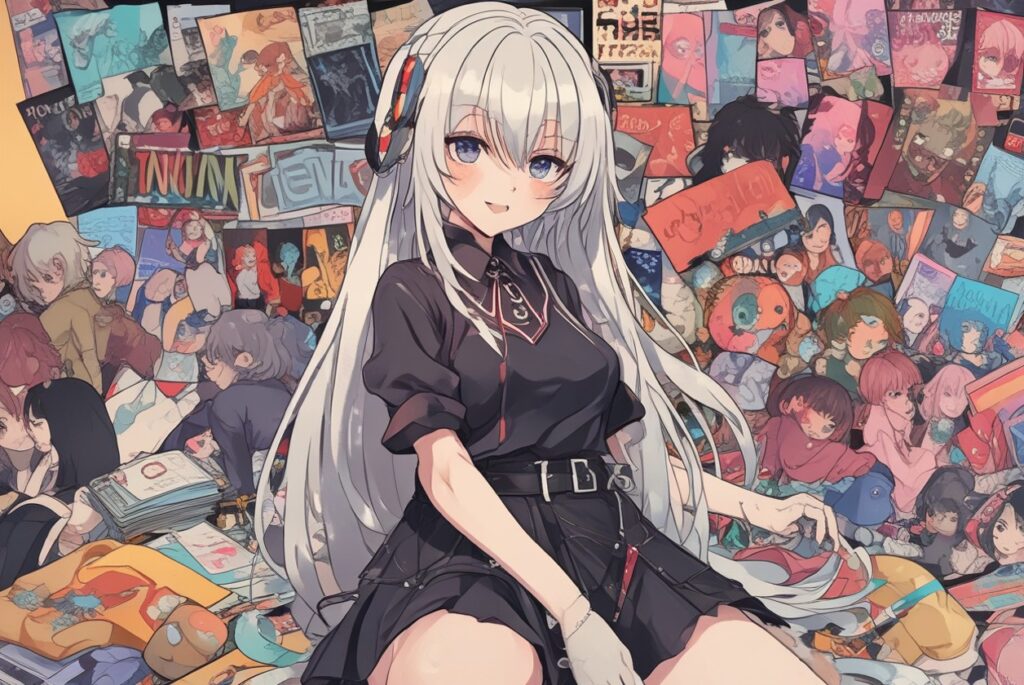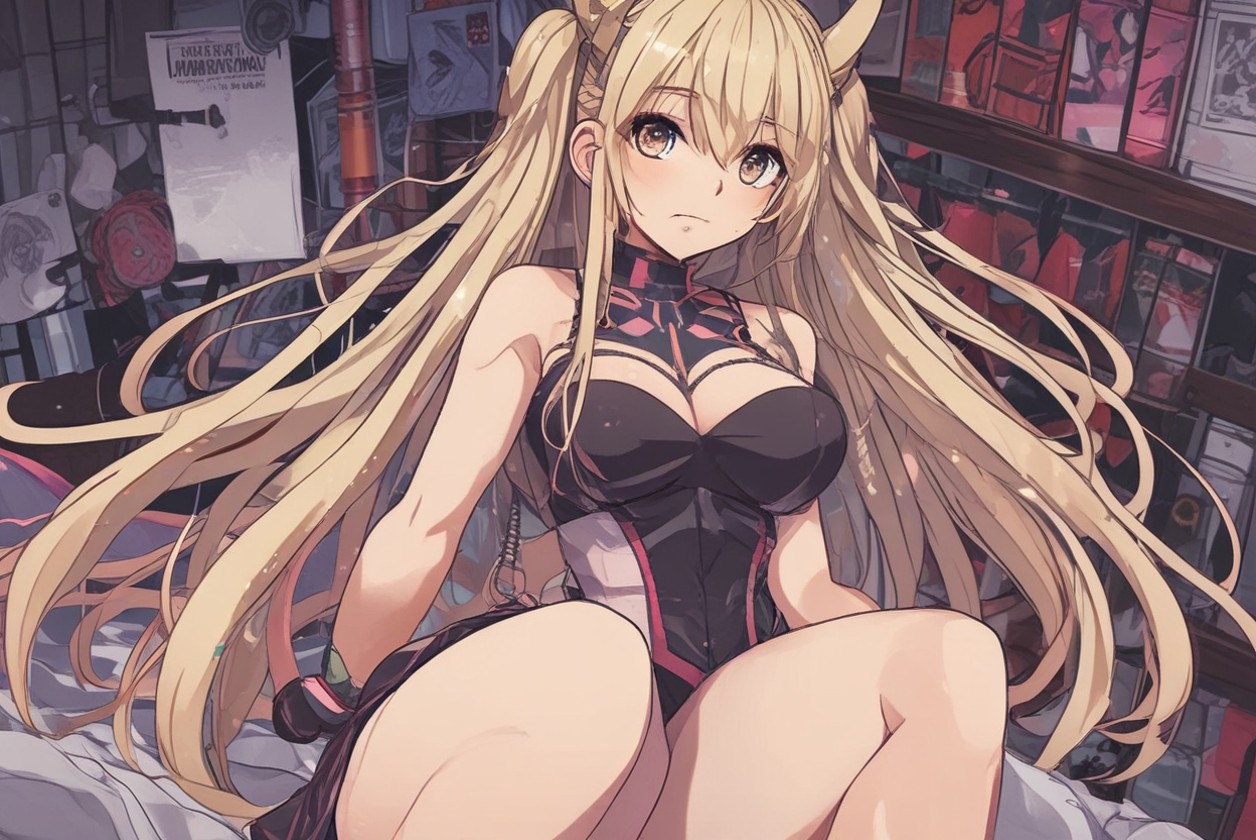Trap hentai has gained attention in various online communities, with its unique and often controversial blend of gender and sexuality. This genre features characters who typically possess both masculine and feminine traits, often crossing boundaries of traditional gender norms. For many fans, trap hentai is more than just a form of entertainment; it’s a way to explore different identities and expressions of self in a fantasy setting.
In this blog post, we will dive deep into the world of trap hentai. We’ll look at what makes this genre so popular, how it has evolved over time, and the impact it has had on internet culture. Whether you are new to trap hentai or have been following it for years, there is always something new to discover in this dynamic and ever-changing space.
What Is Trap Hentai? An Introduction to This Unique Genre
Trap hentai is a type of adult animation that often involves characters with both masculine and feminine traits. These characters, called “traps,” typically appear more feminine in their presentation, but have male bodies. Trap hentai focuses on exploring gender fluidity in a fantasy setting, where traditional gender roles may not apply. It’s important to note that this genre is popular in certain online communities, where people appreciate the blend of both genders.
Many fans are drawn to trap hentai because of its unique approach to gender expression. It offers a safe space to explore these themes in an animated, fictional world. The genre blends both male and female physical traits, making it different from other hentai categories. It’s not just about the visual appeal but about the complexity of the characters and their stories.
The Appeal of Trap Hentai: Why Do Fans Love It?
Trap hentai offers a different kind of fantasy for fans. Many people find the concept of characters who are both masculine and feminine exciting because it challenges traditional views of gender. The characters are often portrayed in a way that makes them both cute and seductive, creating a mix of innocence and confidence.
- Challenging Gender Norms: It lets viewers explore a world where gender roles are less strict.
- Visual Appeal: The characters often have attractive features, combining both male and female traits.
- Fictional Fantasy: It provides a space to enjoy a world without real-life consequences, making it safe for exploring personal curiosities.
This combination of visual appeal and breaking down traditional gender expectations is why fans are so attracted to trap hentai. It feels like an escape into a world of fantasy and freedom.
Trap Hentai vs. Traditional Hentai: Key Differences Explained
One of the main differences between trap hentai and traditional hentai is the portrayal of gender. In traditional hentai, characters are typically male or female, with clear-cut gender roles. Trap hentai, however, plays with those roles by featuring characters who are often both masculine and feminine at the same time.
- Character Design: In traditional hentai, female characters have typical feminine traits, while male characters are more masculine. Trap hentai blends these features into one character.
- Storylines: Traditional hentai often focuses on more straightforward relationships between characters, while trap hentai may focus on gender exploration.
- Audience Appeal: Traditional hentai might appeal to those with a preference for clear-cut gender roles, while trap hentai attracts those interested in more fluid, complex representations.
Understanding these differences helps fans identify what attracts them to each genre and why they may prefer one over the other.
The Evolution of Trap Hentai: From Niche to Popularity

Trap hentai has evolved significantly over the years, starting as a niche interest in certain online spaces. At first, it was mostly a hidden part of the hentai community, with few creators exploring it. However, as online communities grew, more people began to experiment with creating and sharing trap hentai content.
- Early Beginnings: It started as a small genre within niche forums.
- Growing Interest: As more people started talking about it, creators began making more diverse content.
- Mainstream Influence: Over time, trap hentai has gained a following outside of niche communities, becoming more recognized in the broader internet culture.
Today, trap hentai is no longer confined to just a few websites. It has a larger fanbase and continues to evolve in terms of both art and storytelling.
Understanding the Characters in Trap Hentai: Gender Fluidity and Fantasy
The characters in trap hentai are unique because they often combine both male and female traits. These characters usually have a mix of both masculine and feminine qualities, such as a male body but with features like long hair, delicate facial features, or feminine clothing.
- Physical Traits: Characters often have a combination of muscular builds and soft, feminine features.
- Personality: Many characters are portrayed as confident, seductive, and playful, adding layers to their appeal.
- Gender Fluidity: The genre explores how gender can be fluid and how someone can express themselves in multiple ways.
The character designs in trap hentai are often meant to reflect the complexity of gender identity and the freedom to express oneself outside of traditional norms.
- How Do Trap Hentai Characters Differ from Other Hentai Characters?
- Exploring the Role of Gender Fluidity in Trap Hentai
Trap Hentai and Consent: What Fans Should Know

In any genre of adult content, consent is an important issue. Trap hentai, like other types of hentai, can sometimes depict extreme or non-consensual scenarios. However, it’s important to remember that these are fictional stories meant for entertainment, and consent should always be a priority in real-life situations.
- Safe Exploration: Fans should remember that the content is fictional and not reflective of real-world behavior.
- Understanding Consent: Many creators of hentai, including trap hentai, strive to depict healthy relationships and emphasize consent.
- Fantasy vs. Reality: While trap hentai can be a way to explore fantasies, it’s important not to confuse fantasy with real-life actions.
By approaching trap hentai with an understanding of consent and respecting boundaries, fans can engage with the genre in a responsible and safe manner.
- The Importance of Consent in Trap Hentai
- How to Safely Enjoy Trap Hentai Content
Conclusion
Trap hentai is a unique genre that explores the blending of masculine and feminine traits in characters, creating a fun and sometimes thought-provoking fantasy world. For many fans, it’s not just about the visuals but also about how it challenges traditional gender roles and opens up new possibilities for storytelling. Whether you’re just learning about it or you’ve been a fan for a while, trap hentai continues to grow and evolve, offering new ways to explore gender and identity in a safe, fictional space.
As with any kind of adult content, it’s important to approach trap hentai responsibly. Understanding the difference between fantasy and reality helps keep the experience healthy and enjoyable. Whether you’re here to learn more or simply explore, remember to always respect the boundaries and preferences of others, while enjoying the creative art that this genre brings to life.
FAQs
Q: What is trap hentai?
A: Trap hentai is a type of adult animation where characters blend masculine and feminine traits, often challenging traditional gender norms.
Q: Is trap hentai harmful?
A: Trap hentai, like other adult content, is fictional and should be enjoyed responsibly. It’s important to distinguish between fantasy and real-life behavior.
Q: Why do people like trap hentai?
A: People enjoy trap hentai because it offers a unique blend of gender exploration, fantasy, and creative art, often challenging traditional ideas of gender.
Q: Is trap hentai only for certain people?
A: No, anyone interested in exploring different gender expressions or enjoying fantasy art can find something appealing in trap hentai.
Q: Can trap hentai be harmful to real relationships?
A: Trap hentai is meant for fictional enjoyment, and it’s important to separate fantasy from reality. Healthy real-life relationships are built on respect and communication.
